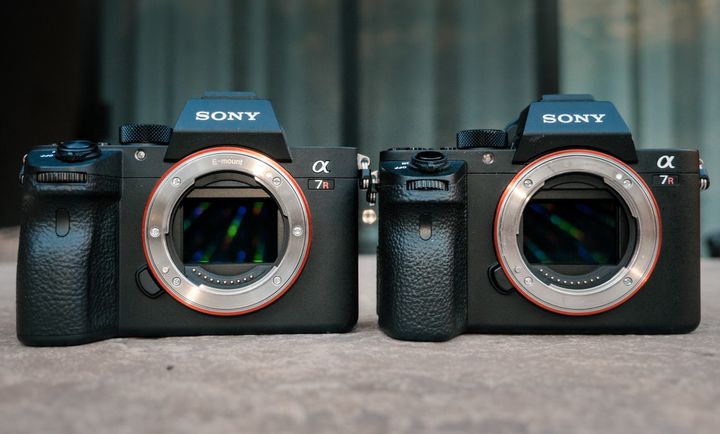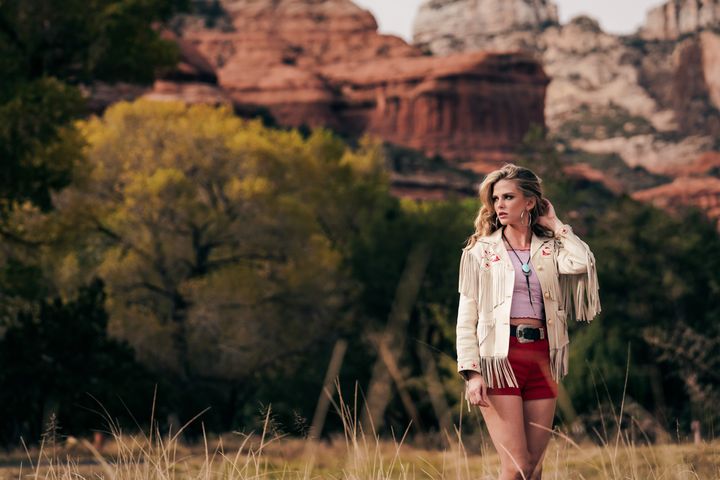
Sony a7RIII
Sony’s a7RII took the full frame mirrorless market by storm just a few years ago with killer specs, compact design, and unparalleled image quality. With the introduction of the a7RIII, that storm will likely turn destructive to the competition in remarkable ways. But with the same 42MP image sensor, 4k video, and almost identical looking body, it’s easy to feel like this seemingly minor update is less than the DSLR killer we expected. But after shooting with the new Sony a7RIII side by side with the a7RII, I can attest that this is way more than a minor update. Checkout more from Dan Watson at LearningCameras.
Purchase: Sony a7R III | Sony a7RII
Body + Hardware
Yes, the a7RIII and a7RII look remarkably similar but only because you are not looking closely enough. The redesigned grip feels much better, the fiddly rear scroll wheel from the a7RII has been beefed up with near perfect tactile feel, and a joystick makes changing focus points a breeze. Sony also squeezed in a much larger battery from the Sony A9 which more than doubled my expected battery life, dual SD cards, a USB C port in addition to the standard micro USB capable of charging while shooting, and they have somehow doubled the frame rate from 5fps to a class leading 10fps for both the mechanical and electronic shutter! The screen has also been upgraded to a touch panel and the viewfinder upgraded to 3.69m dots which is thankfully large and lag free. Everything is not perfect though and while improved from the a7RII, I do find the a7RIII lacks the comfort of most DSLRs, especially with large lenses that can leave little room for your fingers. The touch screen also only works for touch focus and suffers from lag unlike much of the competition while the viewfinder by default prioritizes battery life over quality (though thankfully you can control this in the settings). Either way, this offers a massive upgrade from the a7RII and for the first time I felt comfortable and confident shooting with a Sony A7 over a DSLR.
Image Quality

Sony’s a7RII already offered some of the best image quality of any camera and things are mostly the same in the a7RIII. With an identical 42MP sensor enhanced by upgraded electronics, image quality has improved slightly and that says a lot. Color profiles also seem slightly tweaked and overall this new camera offered some of the best image quality I have ever seen though not radically different for a7RII shooters.
Video

Again, Sony’s a7RII already offered some of the best quality and features available from any full frame camera but those have also seen massive upgrades for the a7RIII. By oversampling in S35 mode from 5k, the a7RIII shows more detail and less moire and aliasing than before. I also noticed a reduction in rolling shutter compared to the previous camera. Shooting 4k using the entire sensor has also improved and I was barely able to notice a difference compared to the S35 mode which is a huge improvement for low light and wide angle shooters. In 1080p, we can also shoot up to 120fps (up from 60) for amazing slow motion at only a slight quality reduction vs standard 1080p at 60fps. Additional improvements to autofocus, a touch screen, improved viewfinder and slog 3 should get a7RII users excited for an upgrade. I also had no issues with overheating during my brief time with the camera even while shooting 4k in direct sunlight for over an hour. Quality itself is among the best you will find compared to the competition and Sony again continues to be the leader at both photo and video quality in this camera.
Features

Sony has added quite a few upgrades as well for the a7RIII including a pixel shift mode for high resolution captures, a new menu system, and massive improvements to the autofocus system. With 399 Phase Detect AF points and 425 contrast detect points occupying 68% of the frame, autofocus was extremely fast, allows tracking even further to the edge of the frame, and improvements to eye AF were also noticeable. While the a7RII was never bad, it was slower than most professional DSLRs especially with fast moving objects. Thankfully this new system leaves all that behind and everyone from sports to portrait photographers will find confidence in this camera. While eye AF and the other AF modes worked well, I did not find it to be as accurate and intelligent as the A9 and it often picked the wrong subject or focused slightly away from the eye leading to more missed shots than I would have liked especially with single point AF. Hopefully this can be improved via firmware. Unfortunately there is one major feature that has been eliminated in this camera. Sony’s Play Memories in camera app has never been my favorite but it housed the only way to create timelapses, panoramic images, and other tools that many of us relied on. Without this you are unable to shoot timelapses without the use of external intervalometers and there is no way to create a 4k timelapse in camera. This is a major omission from a camera so otherwise perfect for timelapse shooting and I hope Sony figures out how to add this ability back in camera like the a7RII and virtually any other camera at every price point. More on that here.
Conclusion

Overall the a7RIII turned into a massive upgrade from the a7RII improving the function of the camera in virtually every way. Almost all the sacrifices of mirrorless cameras have been eliminated while enhancing the strengths in noticeable ways. While image quality is largely the same, any a7RII shooter that uses the camera daily or in demanding ways will feel like the a7RIII is a life changing step up. However, if you don’t mind putting up with a few inconveniences and limitations such as slower AF, limited battery life, and a single SD card slot, the a7RII will get you the same image quality at a significantly (check out this a7RII sale!!!) lower price, but as a workhorse camera, the a7RIII is a major upgrade worthy of the $3200 price tag and is ready to handle the tasks of almost any professional photographer and videographer in ways never before possible. For DSLR shooters who have been eyeing Sony’s full frame mirrorless lineup, it’s time to get off the sidelines and discover what you have been missing.
